Word Problems: Proportional Reasoning-1 | Mathematics Class 8- New NCERT (Ganita Prakash) PDF Download
Q1: The monthly income of A and B is in the ratio 3 : 4. If B’s income is ₹28,000, find A’s income.
Solution:
Ratio of A : B = 3 : 4
B’s income = ₹28,000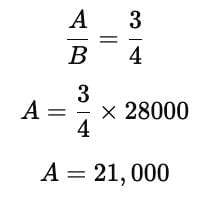
A’s income is ₹21,000.
Q2: A recipe requires flour and sugar in the ratio 5 : 2. If 1.4 kg sugar is used, how much flour is needed?
Solution:
Flour : Sugar = 5 : 2
Sugar = 1.4 kg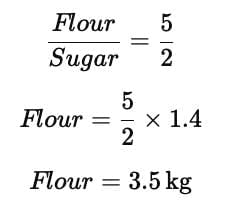
Q3: The ages of two friends are in the ratio 7 : 9. If the younger one is 21 years old, find the age of the elder.
Solution:
Ratio of ages = 7 : 9
Younger (7 parts) = 21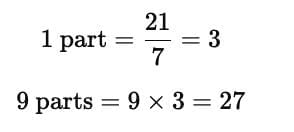 The elder friend is 27 years old.
The elder friend is 27 years old.
Q3: Two numbers are in the ratio 4 : 5. If their sum is 180, find the numbers.
Solution:
Let numbers = 4x and 5x
Sum = 180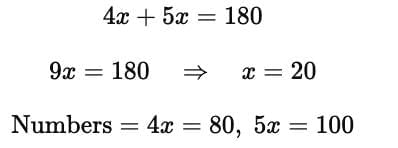
The numbers are 80 and 100.
Q4: If 8 workers can build a wall in 15 days, in how many days will 12 workers build the same wall (assuming work efficiency is same)?
Solution:
This is an inverse proportion problem.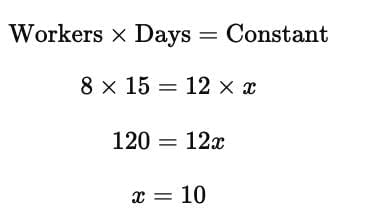
12 workers will build the wall in 10 days.
Q5: Ria and Tia share ₹840 in the ratio 4 : 3. Find each share.
Solution
Let Ria = 4x, Tia = 3x; total 4x + 3x = 840 ⇒ 7x = 840 ⇒ x = 120
Ria = 4x = ₹480, Tia = 3x = ₹360
Answer: ₹480 and ₹360
Q7: If 6 notebooks cost ₹162, how much will 14 notebooks cost?
Solution
Cost ∝ Quantity

Q8: 
Q9: 
Q10:
|
26 videos|133 docs|11 tests
|
FAQs on Word Problems: Proportional Reasoning-1 - Mathematics Class 8- New NCERT (Ganita Prakash)
| 1. What is proportional reasoning, and how is it applied in solving word problems? |  |
| 2. How can I identify proportional relationships in word problems? |  |
| 3. What strategies can I use to solve word problems involving proportions? |  |
| 4. Can you give an example of a real-life situation where proportional reasoning is useful? |  |
| 5. What common mistakes should I avoid when solving proportional word problems? |  |





















